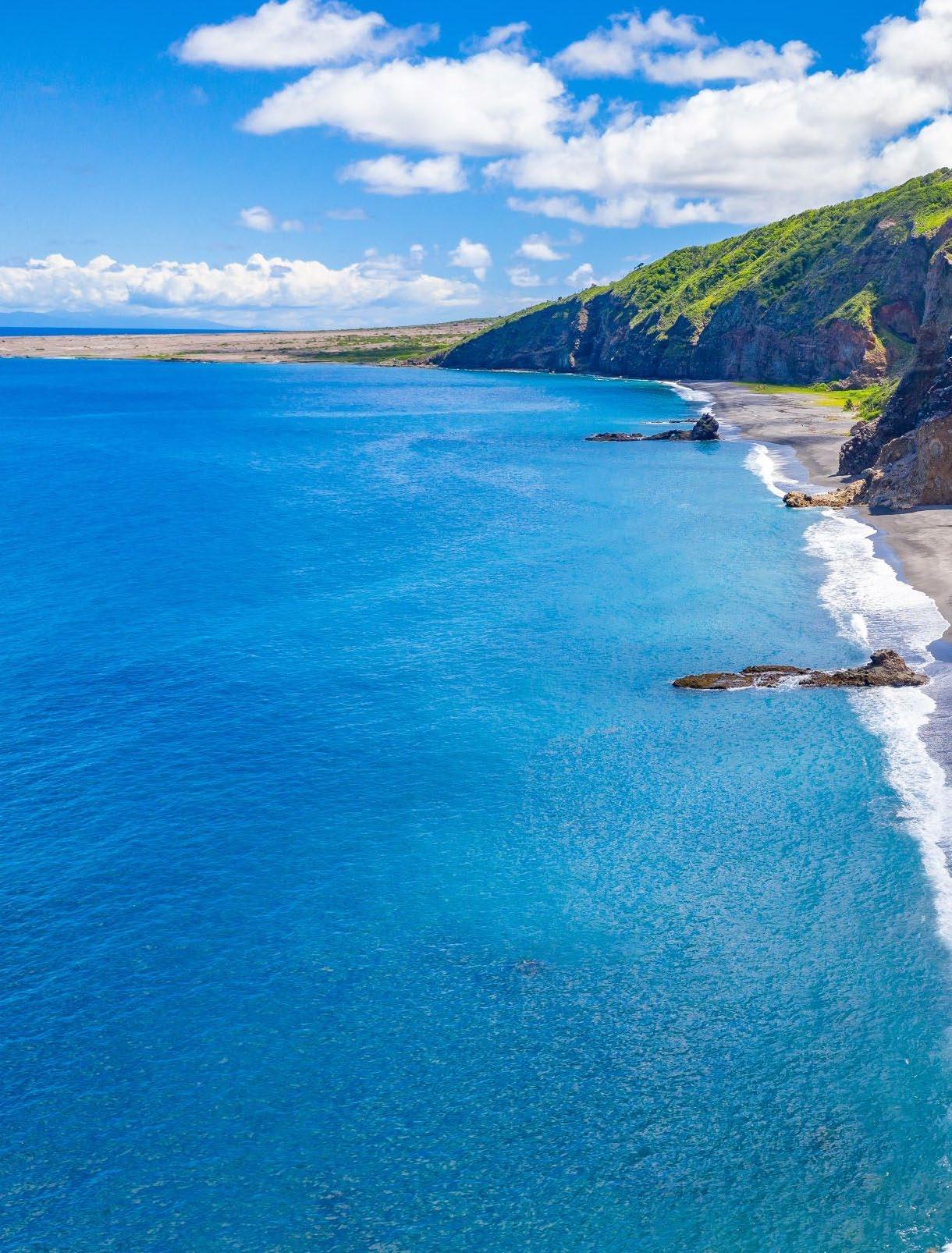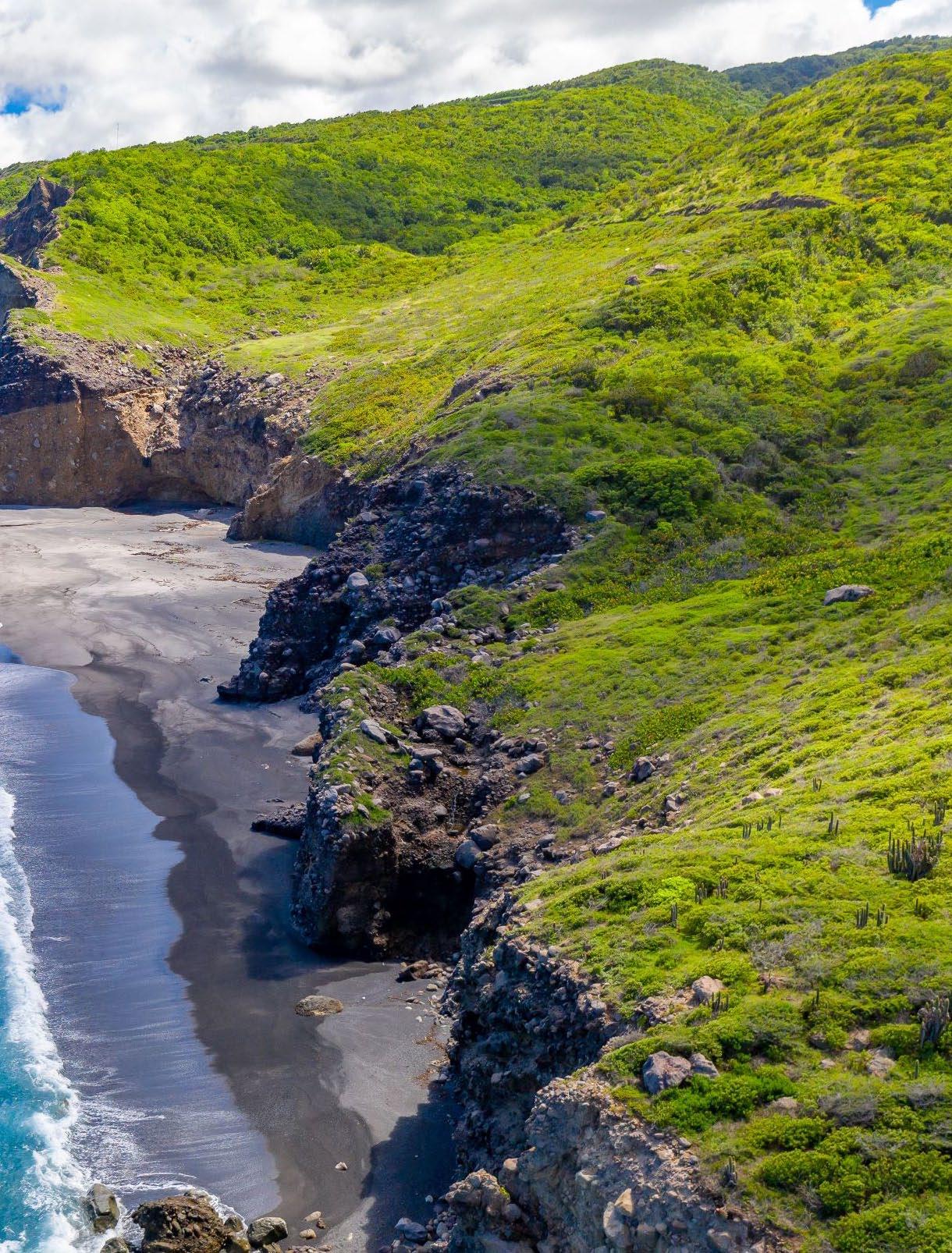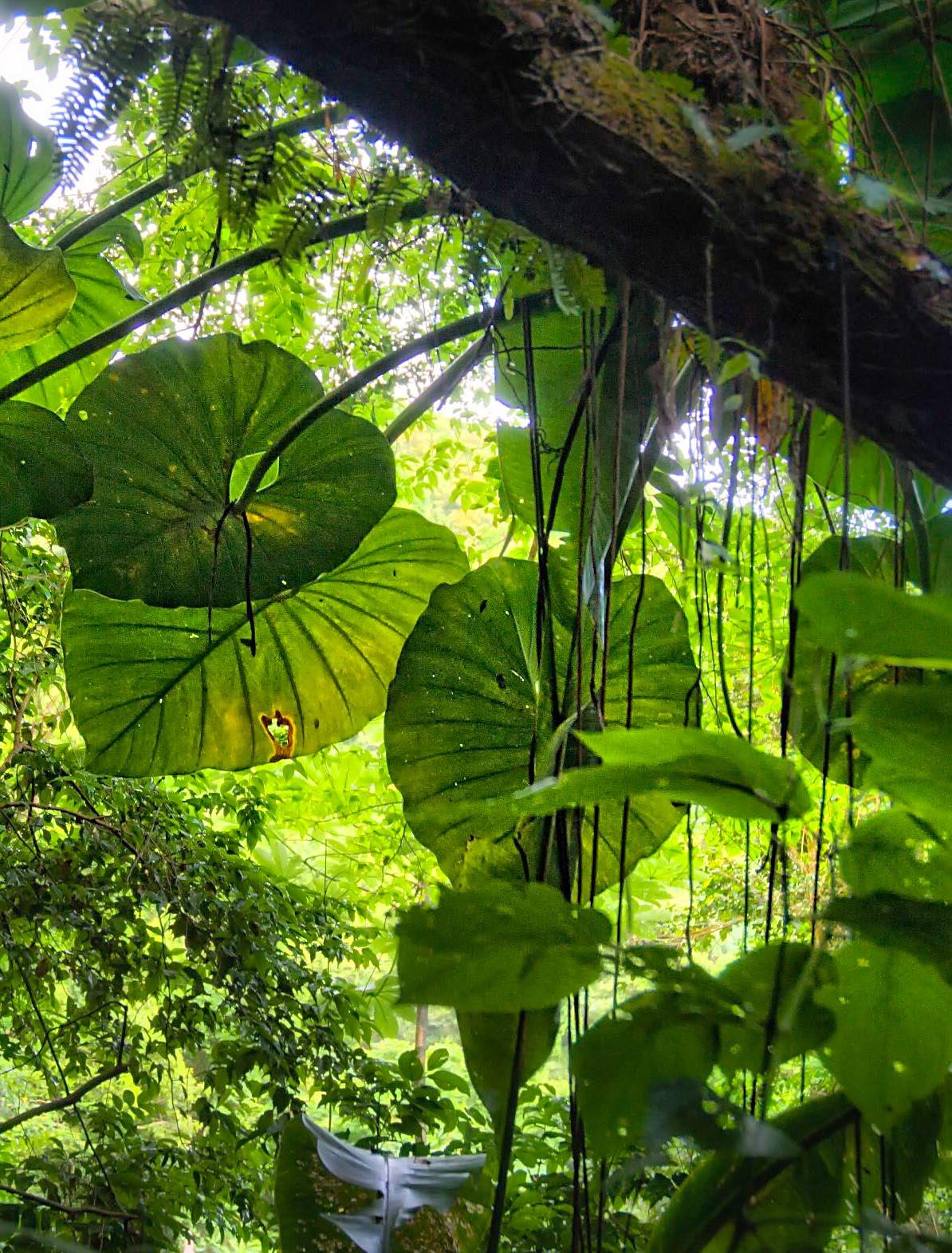
1 minute read
Discover Montserrat
39 square miles Highest point: traditionally recognised as Chances Peak, 3,002 feet, but ongoing volcanic activity in the Soufrière Hills has created a dome estimated to be 3,051 feet above sea level
It’s impossible to overlook the relentless power of nature in Montserrat, the Caribbean’s Emerald Isle. In 1995 the Soufrière Hills Volcano, long thought dormant, woke with a bang. A series of eruptions covered vast tracts of southern Montserrat with a thick layer of volcanic ash, rendering nearly two thirds of the tiny island uninhabitable. Yet, a quarter-century later, Montserrat is once again a jewel for visitors, with one of the region’s friendliest populations, untouched beaches, incredible dive sites — and a wealth of nature, easily accessible from the new capital at Brades. The forested slopes of the Centre Hills and Silver Hill are woven through with hiking trails, on which the National Trust organises regular excursions. Try to spot the rare Montserrat oriole, the national bird, found nowhere else in the world — there’s even an Oriole Walkway Trail. And for an unforgettable lesson in geology, you can join a tour — conditions permitting, and always putting safety first — into the exclusion zone with a certified guide, for a dramatic close-up view of the volcanic forces that created the island.
Advertisement

Montserrat’s unspoiled coast includes numerous small bays and beaches
Photo courtesy Montserrat Tourism Division

Montserrat’s unspoiled coast includes numerous small bays and beaches
Photo courtesy Montserrat Tourism Division

The lush forest of north Montserrat.
Photo courtesy Montserrat Tourism Division










